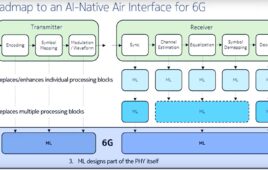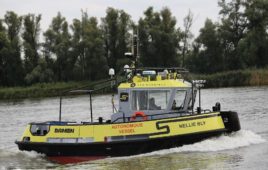 This National Aviation Day, August 19, NASA asks you to “spread your wings” in celebration of Orville Wright’s birthdate and of all the things we can do today thanks to flight.
This National Aviation Day, August 19, NASA asks you to “spread your wings” in celebration of Orville Wright’s birthdate and of all the things we can do today thanks to flight.
Why is NASA celebrating National Aviation Day?
Because we love everything about flight, whether it’s through space or Earth’s atmosphere.
In fact, our experts in all things aviation are dedicated to improving the design of airplanes so they are more Earth friendly by using less fuel, generating less pollution and reducing noise to levels far below where they were just a decade or two ago. We’re also working with the Federal Aviation Administration to provide air traffic controllers with new tools for safely managing the expected growth in air traffic across the nation.
Our heritage in aviation research goes back more than 100 years. We’ve helped air travel become a safe, reliable form of transportation. But we’re not finished. We’re working to transform aviation into something even better by perfecting new technologies, including those that could lead to shape-shifting wings, electric propulsion and the return of commercial supersonic flight.
Every U.S. commercial aircraft and every U.S. air traffic control tower has NASA-developed technology on board.
So, remember — NASA is with you when you fly!
What do I do?
- Take a photo with arms stretched out like the wings of an airplane. (For extra brownie points, tip your hands up to represent winglets – one of NASA’s many contributions to aviation.)
- Post it on Wednesday, August 19th, to Twitter, Facebook, Instagram or any social media platform and tell us how flying makes you feel or how aviation is part of your life.
- Be sure to tag your post with #SpreadYourWings and/or #NationalAviationDay.
- Be creative! Are you at an airport? Take the photo there! Are you at a really neat place that you got to by flying on an airplane? Are you ready to show off that new gadget or awesome pair of shoes that arrived overnight (via air)?
Check @NASAaero and other NASA accounts throughout the day as we retweet great posts that we see.
And we may pick your photo to highlight on our NASA web page. Be sure to checkwww.nasa.gov/aeronautics on Thursday, August 20th.
What else can I do for August 19th?
Check out our “Ten Favorite Ways to Celebrate National Aviation Day.”
And if you’re heading to an airport. keep an eye out for these aviation technologies originally tested and developed by NASA that you might see on your flight.
Winglets
NASA studies led to development of vertical extensions that can be attached to wing tips in order to reduce aerodynamic drag without having to increase wing span. Winglets help increase an airplane’s range, decrease fuel use, and today can be seen on airplanes everywhere.
Chevron Nozzles
Working with its industry partners, NASA researchers determined an effective way to reduce noise levels on the ground and in the passenger cabin was to add saw tooth-shaped cut outs, or chevrons, to the exhaust nozzles and cowling of jet engines.
Glass Cockpits
NASA created and tested the concept of replacing dial and gauge instruments with flat panel digital displays. The displays present information more efficiently and provide the flight crew with a more easily understood picture of the aircraft’s health and position.




